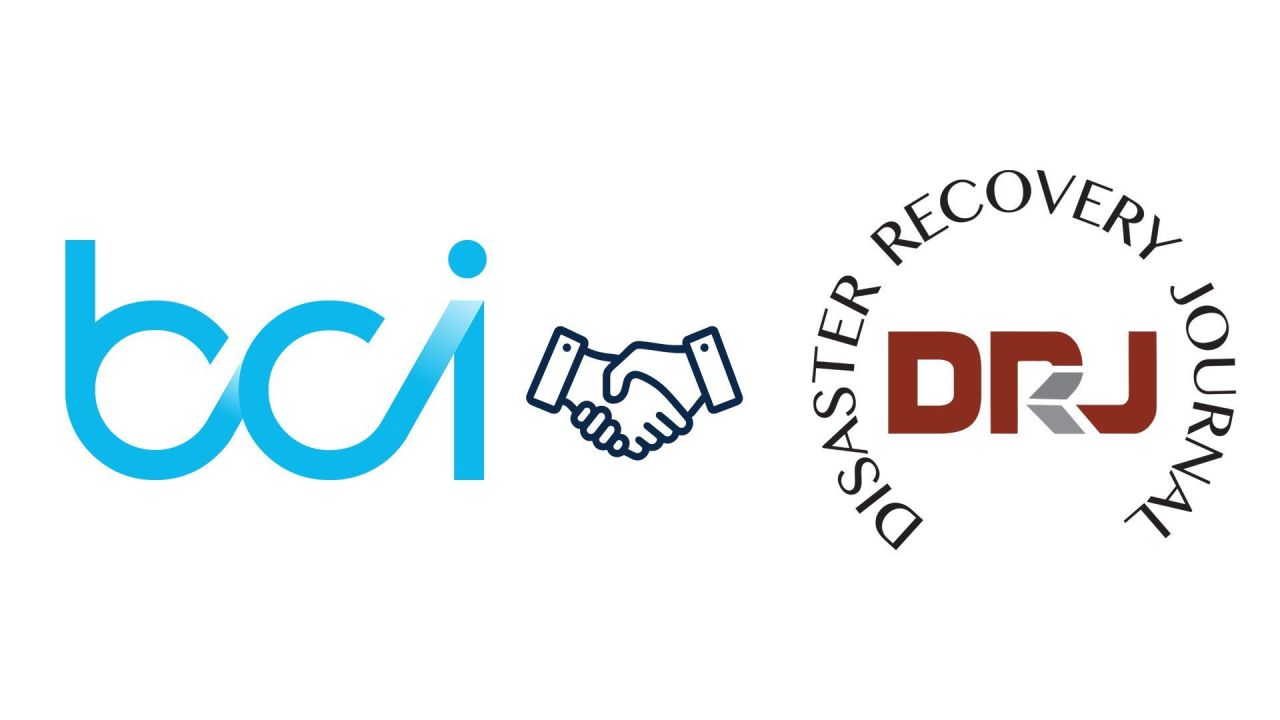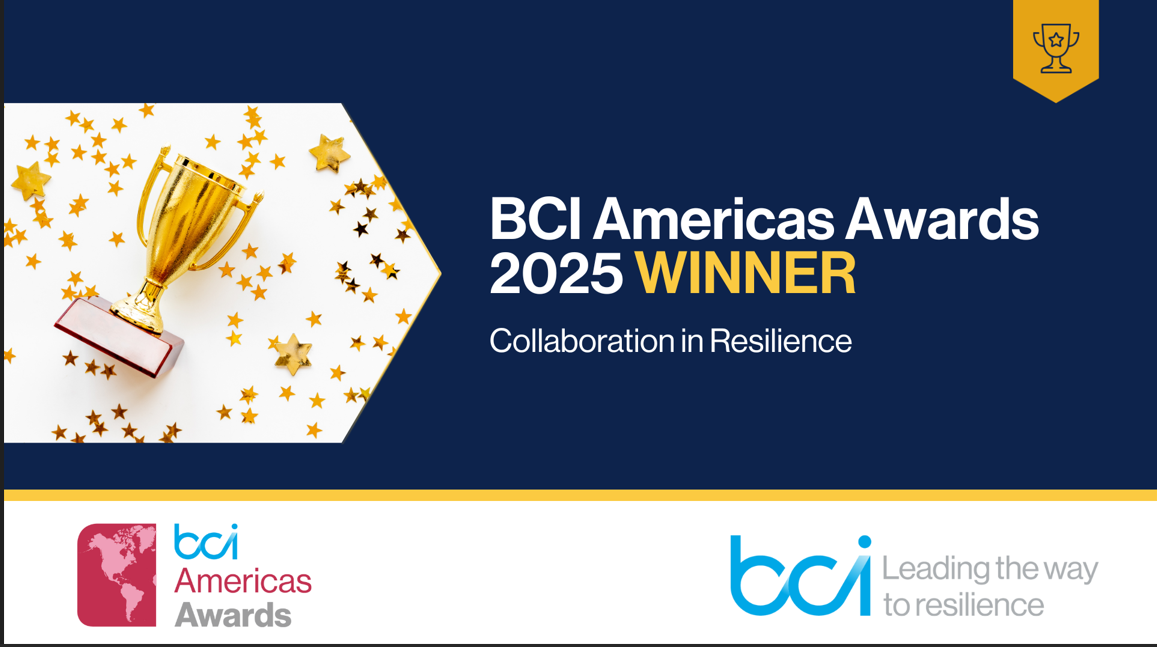Learn which KPIs truly matter to senior leadership and how data-driven insights elevate business continuity from operational necessity to strategic governance.
What is a contingency plan and how to develop one?

Are you in charge of developing your organization's contingency plan?
Find out more about what a contingency plan is and its key elements that prepare your organization for any eventuality!
What is a contingency plan?
Definition of a contingency plan
A contingency plan is a set of pre-defined procedures and measures that describe the specific actions an organization must take to respond effectively to a specific threat or risk (Source: Business Continuity Institute Good Practice Guideline).
A contingency plan is also often referred to as a "contingency plan" or a "backup plan", as it can also be used as an alternative action if expected results fail to materialize.

Examples of contingency plans
Contingency plans can be used in a variety of contexts and have many different names from one organization to another, which can sometimes lead to confusion.
Here are a few examples of plans that may be considered contingency plans:
- Evacuation plans
- Physical security plan
- Emergency measures plan
- Special response plan
- Business continuity plan
- Health and safety plan
- Crisis communications plan
- Information security plan
Why create a contingency plan?
The purpose of a contingency plan is to ensure that the organization is prepared to respond effectively to unforeseen situations. This helps minimize the negative consequences of a potential issue.
There are many good reasons for having a contingency plan:
- Anticipate risks, and take advance action to prevent or adapt to them
- Minimize costs, losses, and damage, and reduce the duration of disruption, by ensuring that all key stakeholders understand their role
- Protect employees and stakeholders, as well as the organization's assets and reputation
- Maintain business continuity in a controlled manner in the event of an incident
- Meet compliance and regulatory requirements in certain sectors

What are the differences between a contingency plan and a business continuity plan?
Contingency planning and business continuity planning are sometimes confused as being the same. Here's why.
According to the ISO 22301:2019 standard, a business continuity plan (BCP) consists of documented information that guides an organization in responding to a disruption and resuming, recovering, and restoring the delivery of products and the provision of services in line with its business continuity objectives.
Contingency planning is the notion of "backup plan", for specific hazards or situations, whereas a continuity plan refers to a set of flexible procedures that can be adapted to different types of incident or crisis. It is often seen that a precise contingency plan is put in place following the identification of specific issues when the risk analysis (the step after the Business Impact Analysis) is conducted.
For example, continuity plans would be needed to prepare for potential major IT system failures (rather than a cyber attack in particular) or large-scale natural disasters (rather than an earthquake).

Our advice for developing a good contingency plan
1. Analyze your environment and context
One of the first steps in creating a good contingency plan is to analyze your environment and context, i.e. your priority products and services, and the activities and resources that support them. To do this, we recommend carrying out a Business Impact Analysis. Learn more with this BCI certified course.
2. Establish a response structure
When designing a contingency plan, you also need to establish a response structure, or an incident management cell. The more closely your response structure fits an organization's structure, the easier it will be to integrate it into the corporate culture. Once your response structure and teams are clearly established, you can create response, communication and recovery plans to respond to an incident.
3. Align your different plans
It is important to align an organization's continuity plans and contingency plans, in order to build and maintain an effective and coherent response structure.
4. Test your contingency plan
Exercises are the best way to verify the effectiveness of your plans and validate your teams' level of preparedness. They will also enable you to optimize your strategies and practices.
5. Automate your continuity program
You can greatly increase efficiency by automating your business continuity program with specialized software such as ParaSolution, our award-winning continuity management and organizational resilience software.

Work with Premier Continuum to design a contingency plan tailored to your organization
With over 25 years' expertise in business continuity and having assisted hundreds of small and large companies draw up contingency plans: trust us, we know all about resilience!
We use a proven, collaborative approach based on best practices in the field, such as the Business Continuity Institute's Good Practice Guideline and ISO 22301.
Talk to our experimented consultants today!








